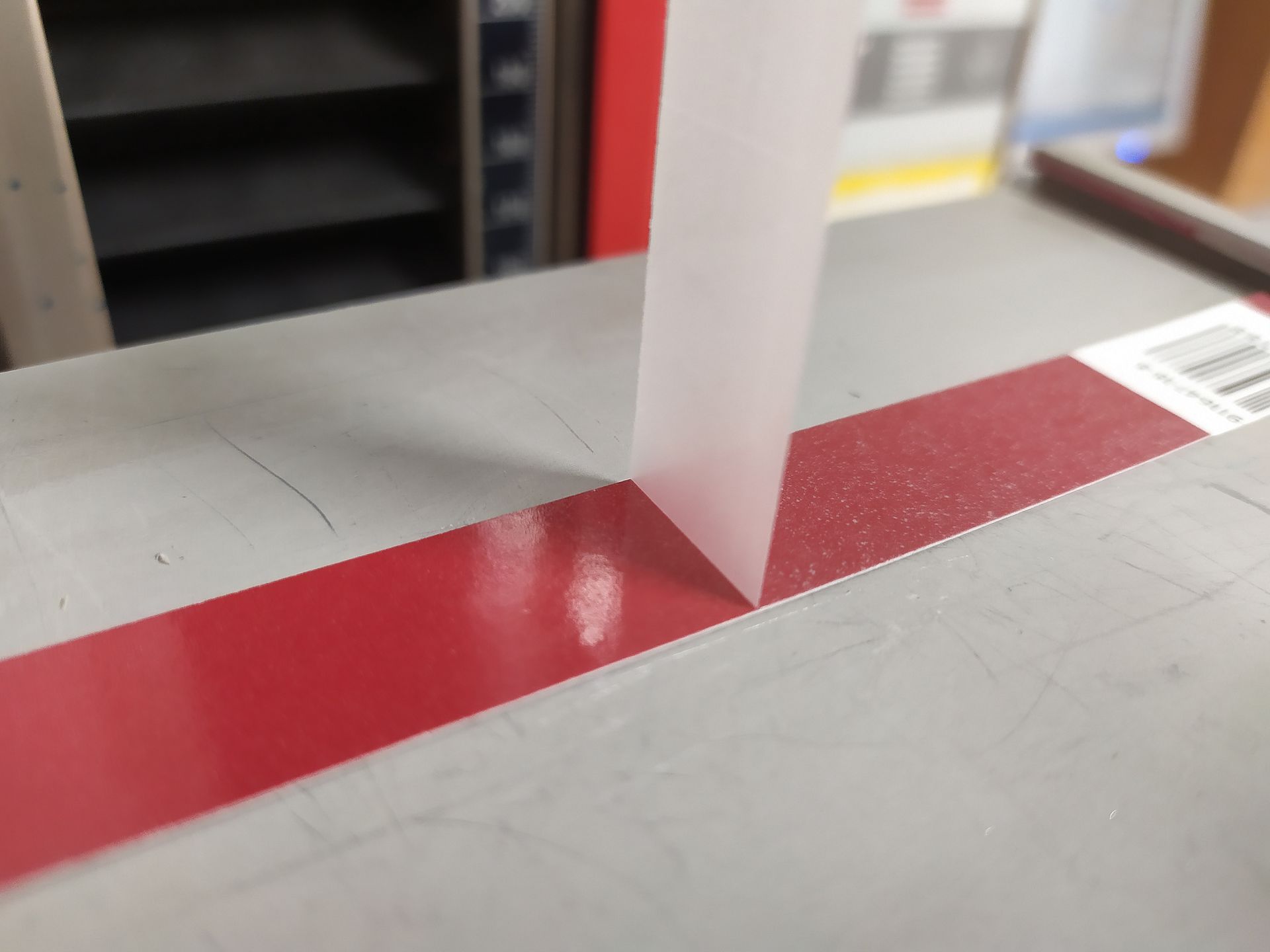Topic of your interest
The trend towards duct-fresh offset printing inks, single-component laminating adhesives and short production times repeatedly gives rise to quality problems in film lamination – especially when the film lamination is subjected to mechanical or thermal process stresses. A particularly problematic effect is time-delayed delamination.
Solution steps
The laboratory laminating system is to be developed based on a laboratory flexographic printing unit F1 from IGT in order to be able to produce one- and two-component wet laminations with and without pre-drying. Graded thermal/mechanical stress tests will be developed, based on real processes (creasing, folding, sealing). In printing tests, printed sheets (substrate, ink and primer variation) are produced, then film laminated using the laboratory method (adhesive and film variation) and fed to the stress tests. The time sequences between printing and lamination and between lamination and stress tests are varied. Further investigations concern existing test options on the printed sheet (e.g. test inks, adhesive tape test, wipe test) and on the laminated printed sheet (e.g. peel force measurement). The influence of curing agent dosing and its detection by ATR-IR spectroscopy will be investigated.
Results achieved
A contact heat-sealing device was successfully used as a laboratory method for thermal lamination. Peel force measurements can be carried out on the laminating samples produced without any additional preparation work.
As a laboratory method for dispersion lamination, the flexographic and gravure proofing device F1 from IGT was to be modified. Despite various modifications, it was not possible to develop a suitable method that would allow the device to be used as a test laminator.
An analysis of influencing variables was carried out as part of industrial film lamination tests. The parameters examined were the printing ink, the area coverage during printing, the waiting time between printing and film lamination, the type of film lamination and the waiting time between film lamination and stress tests. On the one hand, the film adhesion and gap level were determined in peel force measurements; on the other hand, the delamination tendency of a film lamination was evaluated with thermal/mechanical stress tests.
The tests showed that thermal lamination results in higher peel forces than 1K and 2K dispersion lamination. With all lamination variants, there was a continuous increase in peel force over a long period (approx. five months). The higher the area coverage of the printing ink, the steeper the increase. In the case of 1K and 2K dispersion lamination, the peel force with high surface coverage was also reduced in the final state compared to low surface coverage, while similar or higher peel forces were achieved with thermal lamination with high surface coverage than with low surface coverage. In the thermal/mechanical load tests, no delamination occurred in the 1K and 2K dispersion laminations regardless of the time of loading, whereas delamination occurred relatively consistently in the thermal laminations, although this tended to decrease as the area coverage of the ink increased. The occurrence of delamination was dependent on the geometry of the mechanical deformation. Other influencing variables (e.g. printing ink, waiting times) had a rather minor effect.



